When food shortages bite: what to eat and drink in the age of empty shelves
I have known about the frailty of the UK’s supply chains for a long time – I first wrote about the problem over a decade ago, and I too survived the great loo roll shortage of 2020. But this spring, I couldn’t get hold of any lettuce – hardly a crisis, except I was writing a book about salad. It wasn’t just one shop – because of strikes in Spain, fuel costs and the weather, none of the supermarkets had any. It’s not just lettuce: thanks to a combination of war, weather, and rising energy and feed prices, the UK could see less of everything from mustard to coffee, wine to risotto rice. When you’re used to being able to buy anything you like, it’s a shock to be reminded just how global this island’s food supply really is. We produce a lot of food here: the UK is close to self-sufficient in grains such as barley and oats – although 2020 was a bad year for wheat – but the global grain shortage caused by the war in Ukraine still has knock-ons for us, ratcheting up feed and fuel prices, and making it harder to produce dairy, eggs and meat.
Nor is it just about shortages: food inflation is predicted to hit between 15 and 20% this year. When supply chains get choked up or farmers can’t make ends meet, food becomes expensive, fast. The UK has to import about half its food supply, and here – unlike in poorer countries – people are going hungry not because of a lack of food on supermarket shelves, but because they can’t afford to buy it.
There is still enough food to go around, though, so rather than panic, it’s time to think laterally. Whether it’s unaffordable or unavailable, here are the items you might be missing, and what you can use to fill the gaps.
The price of chicken feed has gone up nearly 50%, and egg farmers say their
Read more on theguardian.com

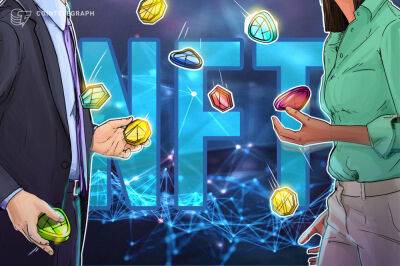
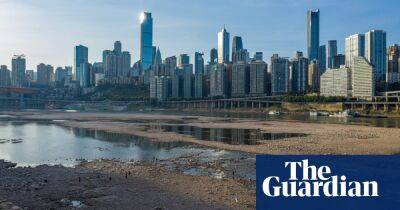





![Shiba Inu [SHIB] climbs >4%; flouts $200 million crypto market liquidation onslaught](https://finance-news.co/storage/thumbs_400/img/2022/8/21/37915_vrxm5.jpg)



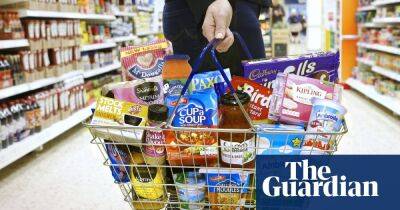
![Yet another offer but ApeCoin [APE] remains unperturbed](https://finance-news.co/storage/thumbs_400/img/2022/8/20/37851_nj0j.jpg)

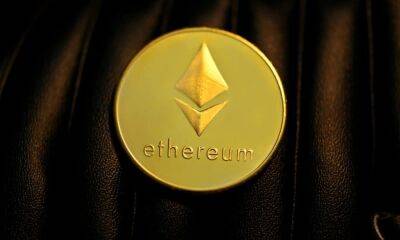
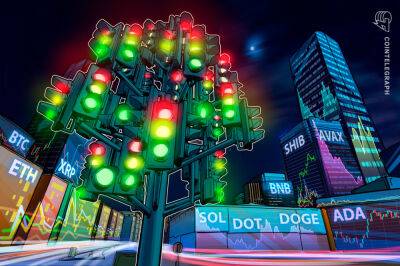
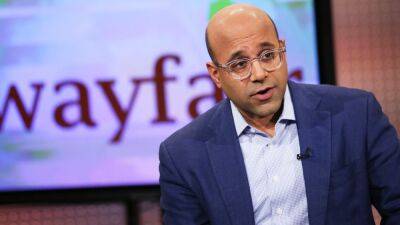
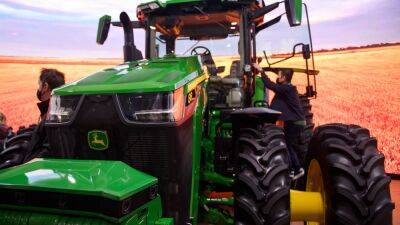


![Should Ripple [XRP] be left to rot- Well, Vitalik Buterin thinks…](https://finance-news.co/storage/thumbs_400/img/2022/8/19/37754_grzeo.jpg)
